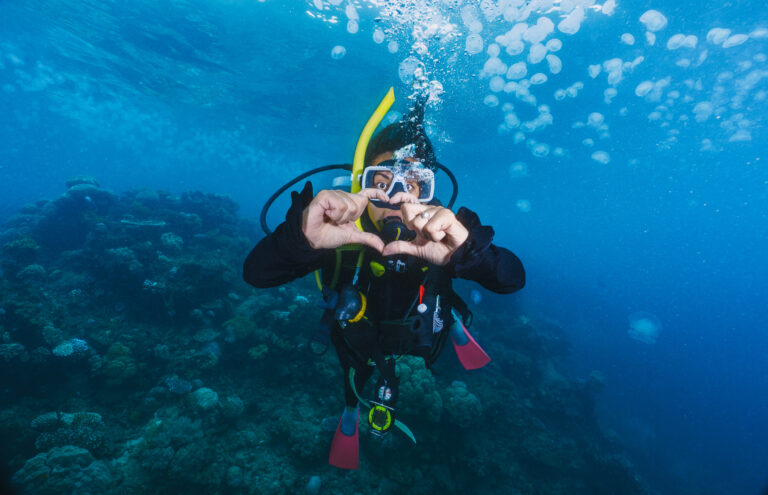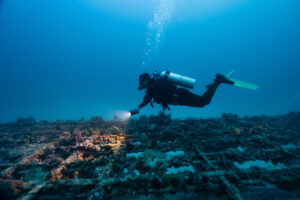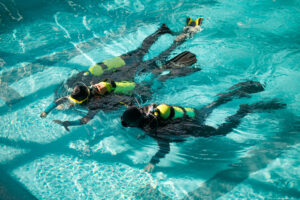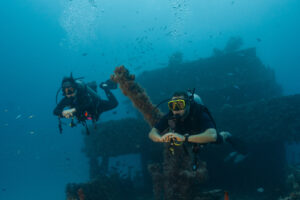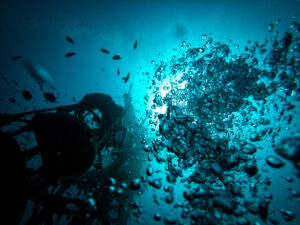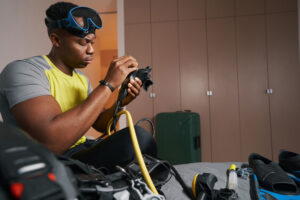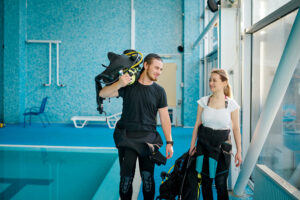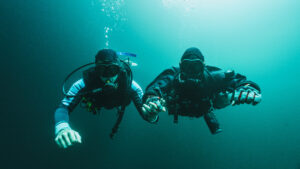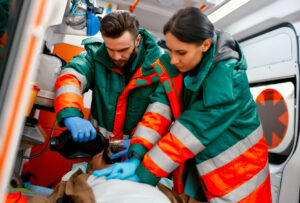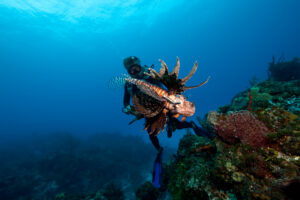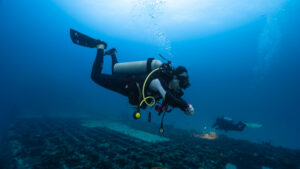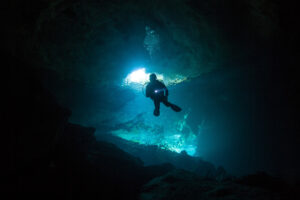What is Anoxia?
Anoxia, a medical condition characterized by an acute deficiency of oxygen in the body, is a critical concern for scuba divers. It can occur due to various reasons and poses severe risks to divers’ health and safety. In the context of scuba diving, it is essential to understand the causes, symptoms, and prevention methods for anoxia to ensure safe and enjoyable underwater experiences. This article aims to provide a comprehensive overview of anoxia and its relevance to scuba diving.
Causes of Anoxia in Scuba Diving
Anoxia can occur during scuba diving for several reasons. Some of the most common causes include:
Inadequate Gas Supply
Running out of breathing gas or having a malfunctioning regulator can lead to a sudden drop in available oxygen, resulting in anoxia.
Inappropriate Gas Mixture
Diving with an incorrect gas mixture, such as using a high helium content in a trimix blend, can cause anoxic conditions due to insufficient oxygen concentration.
Rapid Ascent
A rapid ascent from depth, particularly when breathing a gas mixture designed for deeper diving, can cause an abrupt drop in oxygen partial pressure in the lungs, leading to anoxia.
Breathing from a Depleted Tank
Breathing from a nearly empty scuba tank may result in reduced airflow, causing the diver to struggle for breath and experience anoxia.
Carbon Monoxide Poisoning
Using contaminated air in a scuba tank, such as air from a faulty compressor, can lead to carbon monoxide poisoning, displacing the oxygen in the bloodstream and causing anoxia.
Shallow Water Blackout
Hyperventilation before diving can lead to a shallow water blackout, which occurs when a diver loses consciousness due to low oxygen levels in the brain.
Symptoms of Anoxia
Anoxia can manifest through a range of symptoms, which may vary depending on the severity and duration of oxygen deprivation. Some common signs of anoxia include:
- Shortness of breath or difficulty breathing
- Confusion, disorientation, or impaired judgment
- Dizziness or lightheadedness
- Cyanosis, or bluish discoloration of the skin and mucous membranes
- Rapid heart rate or irregular heartbeat
- Vision disturbances, such as tunnel vision or blurred vision
- Loss of coordination and muscle control
- Unconsciousness or seizures in severe cases
Prevention of Anoxia in Scuba Diving
To minimize the risk of anoxia while scuba diving, divers should adhere to the following guidelines:
Proper Training
Obtain appropriate training and certifications from reputable scuba diving organizations, which emphasize proper diving techniques, equipment usage, and safety procedures.
Dive Planning
Carefully plan dives, including calculating air consumption, selecting appropriate gas mixtures, and establishing safety stops.
Regular Equipment Maintenance
Regularly inspect and maintain scuba equipment, particularly regulators, tanks, and gas mixtures, to ensure optimal performance and safety.
Buddy System
Dive with a buddy or within a group to ensure assistance in case of an emergency. Establish clear communication methods and signals to alert others to any problems.
Avoid Hyperventilation
Do not hyperventilate before diving, as it can cause a shallow water blackout. Instead, practice relaxed, slow, and deep breathing techniques.
Monitor Gas Supply
Regularly check the remaining gas supply during a dive and adhere to the rule of thirds or another conservative gas management strategy.
Ascend Slowly and Controlled
Follow proper ascent rates and perform safety stops to avoid rapid pressure changes that can cause anoxia. Be cautious when transitioning from deep dives to shallower depths, especially when using different gas mixtures.
Educate Yourself on Gas Mixtures
If diving with mixed gases, such as nitrox or trimix, ensure thorough understanding of their usage, limitations, and risks. Consult with an experienced and certified technical diving instructor for proper guidance.
Be Aware of Environmental Factors
Dive within the limits of your training, experience, and environmental conditions. Be mindful of factors such as currents, visibility, and water temperature, which can affect your dive and potentially contribute to anoxia.
Stay Fit and Healthy
Maintain a good level of physical fitness and general health to improve your body’s ability to cope with the physical demands of scuba diving. Avoid diving if you are unwell or under the influence of drugs or alcohol, as these can impair your judgment and increase the risk of anoxia.
Treatment and First Aid for Anoxia in Scuba Diving
In the event of a diving-related anoxia, immediate action is crucial to minimize the risk of permanent damage or death. The following first aid measures can help:
Establish and Maintain Airway
Ensure the victim’s airway is open and unobstructed, and provide rescue breathing if necessary.
Administer Oxygen
Provide the affected diver with 100% oxygen as soon as possible to increase the oxygen concentration in the bloodstream.
Monitor Vital Signs
Continuously monitor the victim’s breathing, pulse, and level of consciousness while awaiting medical assistance.
Call for Emergency Help
Seek professional medical help immediately by contacting local emergency services or activating the emergency action plan (EAP) in place for the dive site.
Treat for Decompression Illness
If the anoxia is related to rapid ascent or improper gas mixtures, treat the victim for decompression illness by placing them in a supine position, administering oxygen, and arranging for transport to a recompression chamber.
Record Details
Document the details of the incident, including dive profiles, gas mixtures used, and any observed symptoms, to assist medical professionals in providing appropriate treatment.
Key Takeaways
Anoxia is a severe medical condition that can have life-threatening consequences for scuba divers. By understanding its causes, symptoms, and prevention methods, divers can minimize the risks associated with anoxia and enjoy safer underwater adventures. Proper training, diligent dive planning, and adherence to safety procedures are essential in reducing the likelihood of anoxia and ensuring a positive scuba diving experience.

